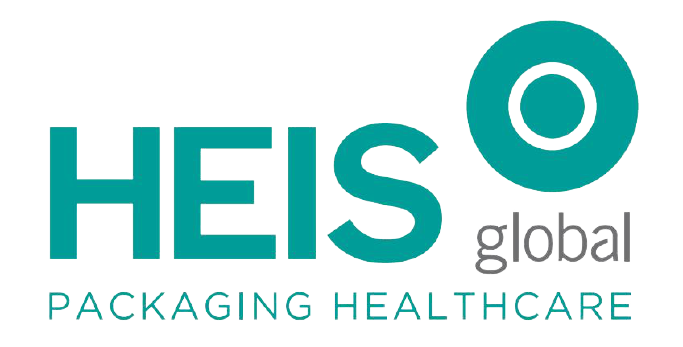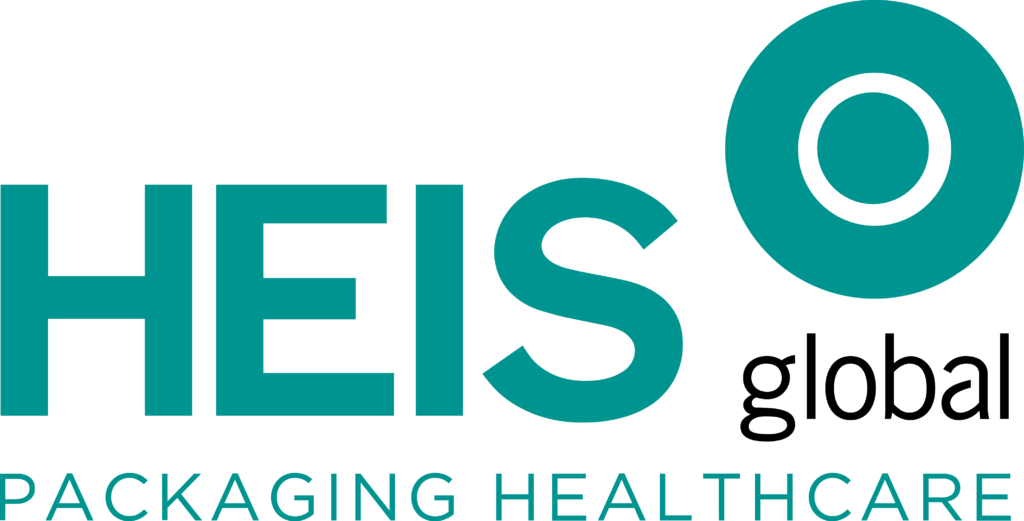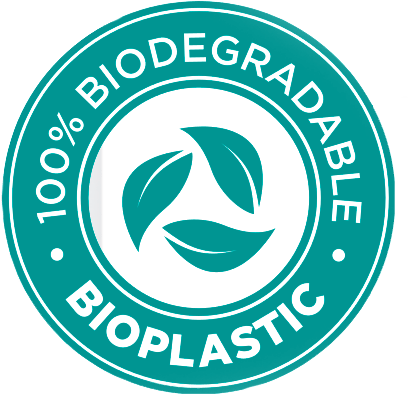
In the dynamic landscape of the pharmaceutical industry, there is a growing emphasis on sustainability, particularly in packaging solutions for Vitamins, Minerals, and Supplements (VMS). Among the innovative materials gaining traction is Polylactic Acid (PLA), which offers a multitude of benefits for VMS packaging.
Eco-Friendly Foundations: The Rise of PLA
Derived from renewable resources such as corn starch or sugarcane, PLA represents a significant departure from traditional petroleum-based plastics. Its biodegradability and reduced carbon footprint make it an attractive choice for companies seeking to align their packaging practices with environmental sustainability goals. As consumer awareness of eco-conscious products grows, the demand for PLA in VMS packaging continues to rise.
Preserving Potency: Biocompatibility in VMS Packaging
The biocompatibility of PLA is particularly advantageous in VMS packaging, where maintaining the potency and efficacy of supplements is paramount. Unlike conventional plastics, PLA minimizes the risk of leaching harmful chemicals into the contents, ensuring that vitamins, minerals, and supplements retain their integrity throughout storage and transportation. This compatibility with sensitive formulations enhances consumer trust and satisfaction.
Customized Solutions: Versatility in Design
PLA’s versatility extends to its design capabilities, allowing for the creation of customized packaging solutions tailored to the unique requirements of VMS products. Whether it’s encapsulated vitamins, powdered supplements, or liquid formulations, PLA can be molded into various shapes and sizes to optimize shelf space and product presentation. This flexibility enables pharmaceutical companies to differentiate their VMS offerings in a competitive market while prioritizing sustainability.
Enhanced Shelf Appeal: Branding Opportunities
Beyond its functional benefits, PLA packaging offers opportunities for branding and storytelling. The transparent nature of PLA allows consumers to see the product within, fostering transparency and trust. Additionally, PLA can be easily embellished with branding elements, such as logos, colors, and graphics, to convey messages of sustainability and quality. By leveraging PLA packaging as a canvas for branding, VMS manufacturers can strengthen their brand identity and connect with environmentally-conscious consumers.
Navigating Challenges: Cost and Regulatory Considerations
While PLA presents numerous advantages for VMS packaging, there are also challenges to consider. One such challenge is the cost factor, as PLA production costs may initially be higher than those of conventional plastics. However, as economies of scale are achieved and technological advancements continue, the cost differential is expected to decrease, making PLA more economically viable in the long run. Additionally, navigating regulatory requirements and ensuring compliance with standards for pharmaceutical packaging remain crucial considerations for VMS manufacturers adopting PLA.
Closing the Loop: Sustainable End-of-Life Management
A critical aspect of sustainable packaging is end-of-life management. While PLA is biodegradable under certain conditions, proper waste management infrastructure is essential to maximize its environmental benefits. Implementing recycling programs and composting facilities can ensure that PLA packaging is effectively diverted from landfills, contributing to circular economy principles. By closing the loop on PLA packaging, VMS manufacturers can enhance their sustainability credentials and reduce their environmental footprint.


